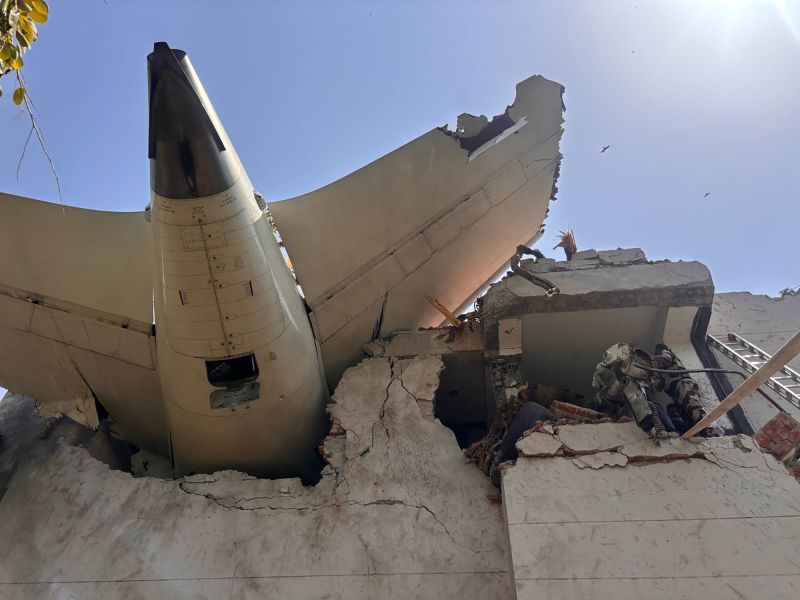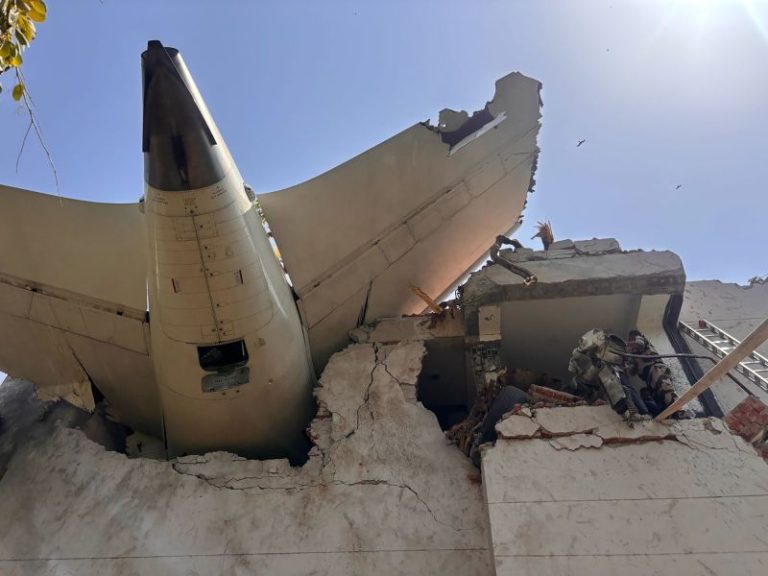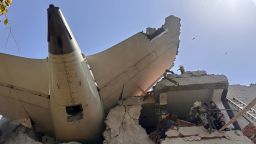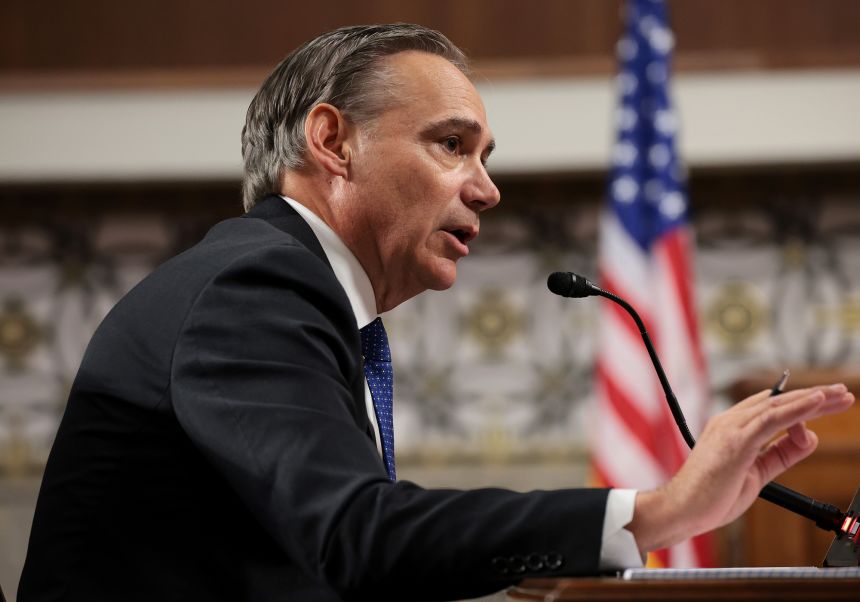“This accident is a further challenge,” Goelz said.
The Dreamliner is popular for international routes, with the 787-8 configuration fitting up to 248 passengers, according to Boeing.
Jeff Guzzetti, president of consulting firm Guzzetti Aviation Risk Discovery and former NTSB official, said these investigations typically hold an “organizational meeting” where all of the technical experts will gather, recalling his own experience with accidents.
“They will form specialty groups” assigned to analyze different areas, such as the engines or the flight data recorder, he said. “They’ll put representatives from the different organizations on these groups, and they will begin to methodically document the wreckage and download the recorders.”
The crash falls under the jurisdiction of the International Civil Aviation Organization, the United Nations agency that helps 193 countries work together in air travel.
Guzzetti said the investigation is in its fact-finding phase, which includes wreckage clean up and interviews of those who trained the pilots. The captain and first officer’s background will be looked at, he said, which could range from how much sleep they got to what their flight record was like.
The black box recovery is critical, many experts say, at this point, because the technology will point to what pilots were saying before they made the mayday call.
“This will not be a mystery for more than another week or so if they got the data recorded, and the voice recorder will also explain what the pilots thought they were dealing with,” Goelz said. “Pilots sometimes make mistakes, you don’t know.”
This post appeared first on cnn.com




